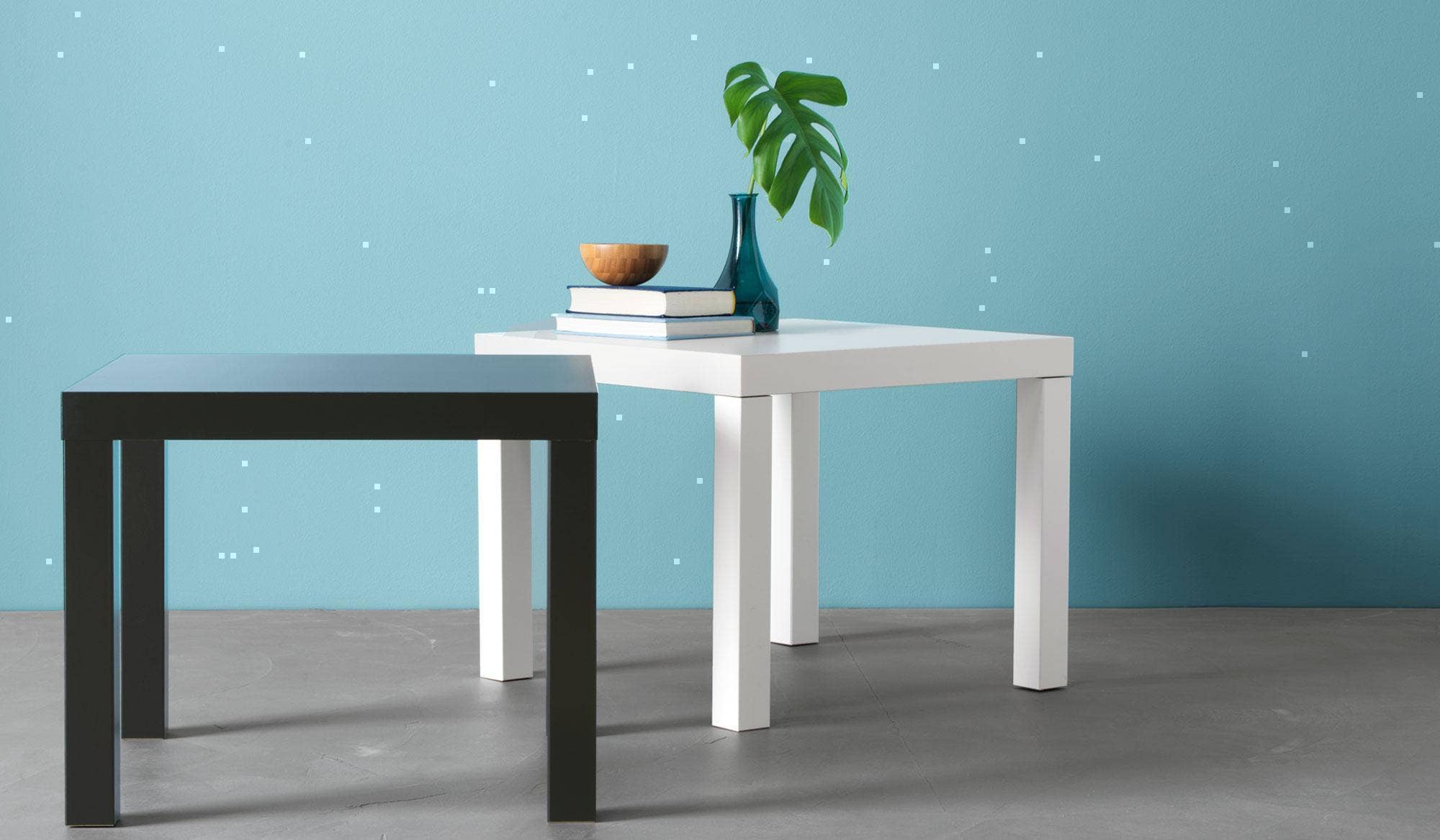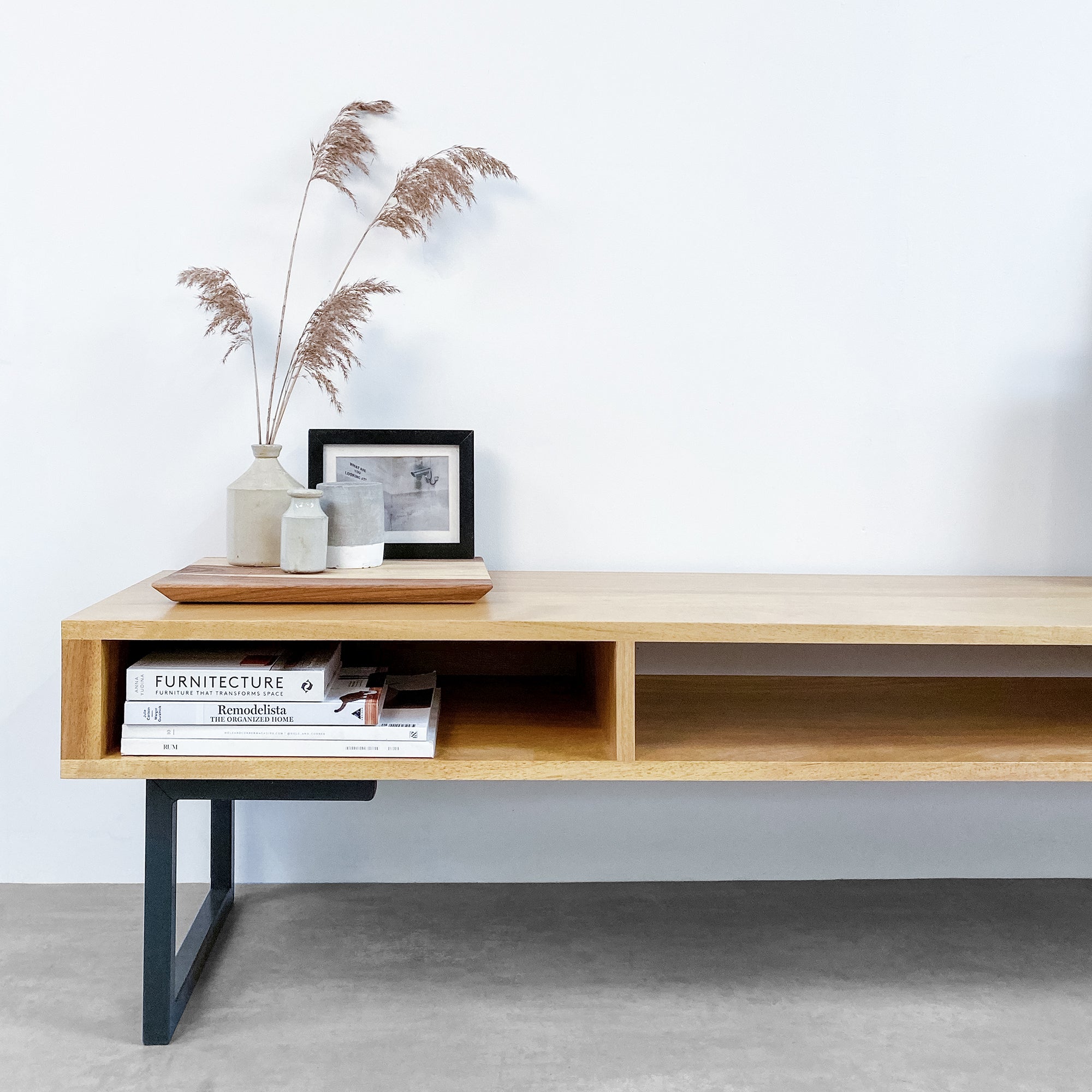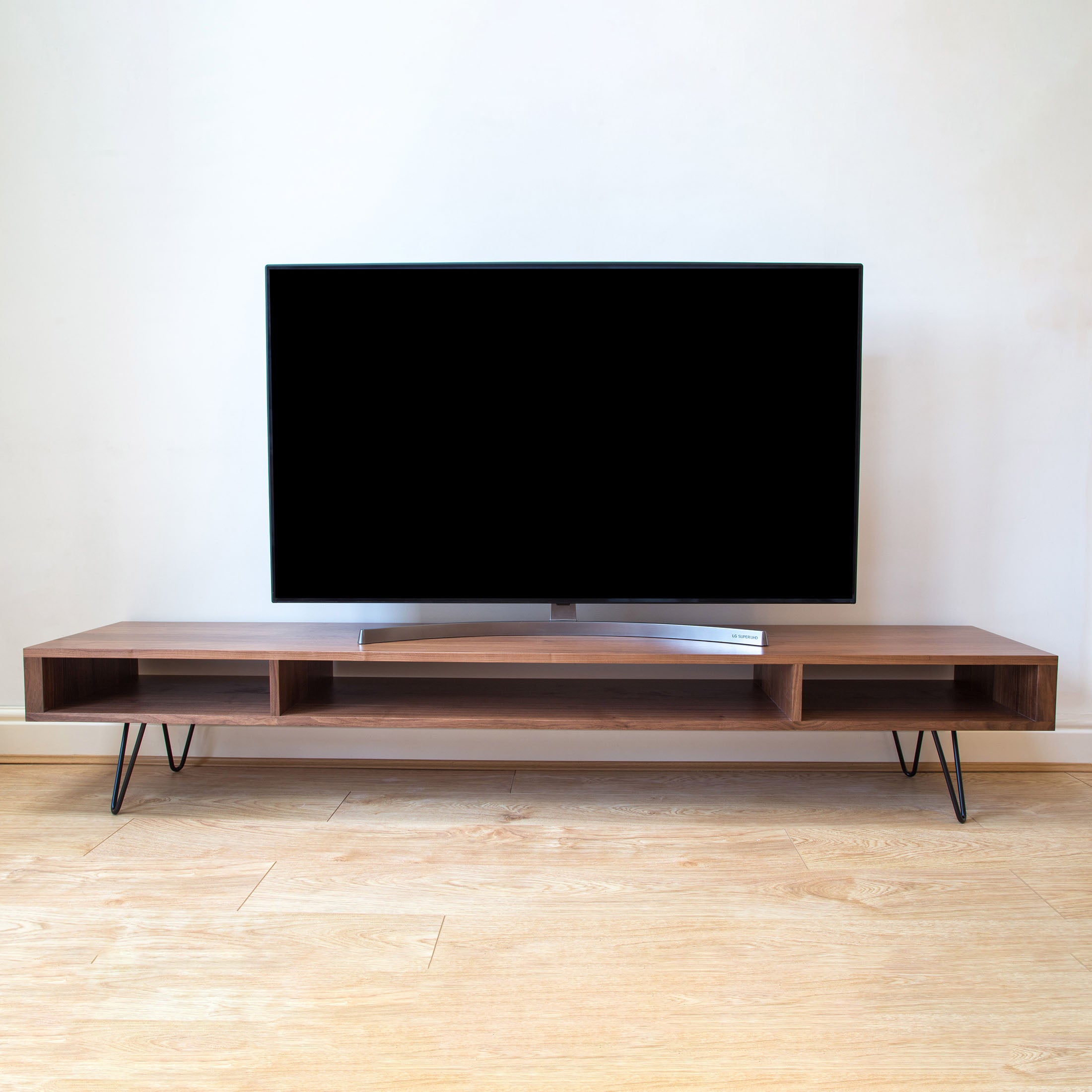
Fast furniture
While lockdown measures ask us to embrace a slower pace of life and give us cause to consider the quality of our interior spaces in more detail than ever before, we take a moment to consider the impact of the ‘fast furniture’ phenomenon.
Although fast furniture has only really gained recognition as an entity in recent years, it established its foothold in the industry some time ago. Driven by trend-led design, and most easily brought to life with cheap, unhealthy materials, these are items made to be replaced within years, in response to ever-changing styles, ultimately destined for landfill.
Last a lifetime.

Image: Stephanie Harvey on Unsplash
Not so long ago, furniture was made, coveted, saved up for and bought to last. Items of furniture were intertwined into family lives and histories, embedded in fond memories becoming stalwart witnesses to the trials and tribulations of everyday life. They were handed down, held dear, repaired and passed through generations.
We placed value on our furniture because it had an intrinsic value. The investment of time and development of knowledge incumbent in these products connected us to them; the understanding of the nuances of the material that has gone into their creation - the care, skill and time woven through the end result.
And because we valued it, we looked after it.
Transient design.

Image: Semen Borisov on Unsplash
Today, the focus of value lies in the style of a piece and its relevance to current fads versus the actual quality and individual significance of the item. Interior design has evolved to follow in the footsteps of the fashion industry with built-in depreciation via trends justifying the compulsion to discard our furniture every two or three years in favour of the latest styles.
We have come to overlook any need for quality furniture in favour of staying on-trend. Before the emphasis on style over substance, a clash of styles in our living rooms as a result of handed-on heirlooms and hand-me-downs mattered less than it did in our wardrobes. Today, a plethora of media will tell you otherwise.
Consequently, fast furniture is produced (like it is consumed) in the express lane. For example, an Ikea Billy bookcase is made every three seconds and with approximately one in existence for every 100 people, the Swedish furniture giant has become the unwitting mascot for fast furniture. But with a third of people admitting to throwing away furniture that they could have sold or donated, staying on trend bears a heavy environmental price…
An unsustainable outlook.

Image: handkrafted.com
Throughout its journey from manufacture, through your home and on to disposal, fast furniture doesn’t tread lightly. It is made to be used for a short time, often from poor quality materials like chipboard and the majority will be consigned to landfill within a short time where they struggle to degrade thanks to their plastic coating.
At its beginnings, there are no guarantees that accredited, sustainable materials are sourced, composite materials, chemical treatments and plastics are usually involved and large scale production brings with it energy-intensive processes and shipping emissions.
And, when the time comes to move on, furniture accounts for a huge (and growing) proportion of landfill waste. A situation perpetuated by the manufacture of furniture from the afore-mentioned composite materials such as chipboard (glue-bound wood chips usually laminated with plastic) that are complicated and costly to recycle.
Time to slow the pace…

And so, as our pace of life continues to inexorably altered in ways we could never have foreseen, there is a moment to bring about change within this industry which has been so slow to face its environmental impact.
Step up independent, bespoke and sustainable brands.
Carefully considered, well-designed products with proud, environmentally-friendly credentials can become the preferred option to save up for, and invest in, for the long term. And this is key. In order to step out of the fast lane and revisit (one might say) a better quality of life, the furniture on offer has to be more desirable than its fast friends.
In a frenetic world, where we are regularly reminded that there is merit and essential value in slowing the pace and becoming mindful, the care, time and skill endowed in handcrafted sustainable furniture (designed and made to last for generations, not seasons) could restore significance and meaning to the furniture in our homes once again...
Blog posts

Vinyl Record Storage Furniture Ideas: Maximizing Space & Style
Vinyl records have made an incredible comeback, and enthusiasts understand the need for proper storage to preserve their cherished collections. With the surge in popularity, furniture designed for ...
Read more
Why and How to Press Your Records at Diggers Factory?
For independent artists, the journey to stardom can be an uphill battle. In the digital age, where streaming platforms rule the music industry, making a name for yourself as an indie artist can be ...
Read more
Wide TV Stand Options for the Perfect Setup
A TV stand is not just a piece of furniture; it's an integral part of your entertainment setup and something used and seen every day. While its primary purpose is to support your television, a well...
Read more



